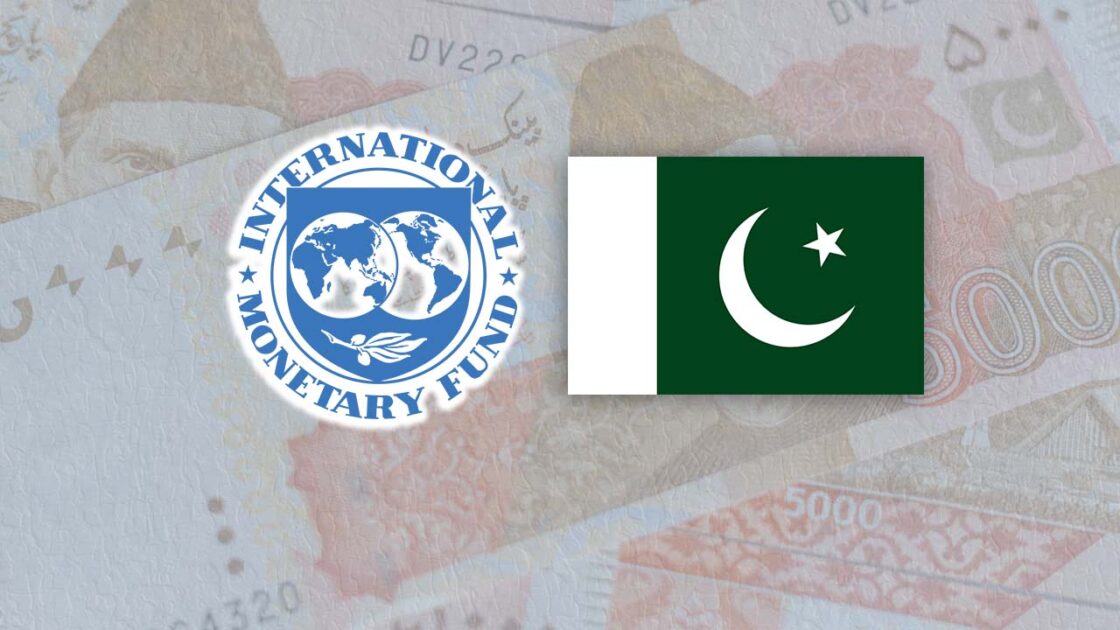- Web Desk
- 1 Hour ago
World Bank predicts 7 per cent growth in Pakistan’s remittance inflows
-
- Web Desk
- Jun 27, 2024

ISLAMABAD: Pakistan’s remittance inflows are anticipated to recover and grow by approximately 7 per cent in 2024, reaching $28 billion, with a further 4 per cent increase to around $30 billion expected in 2025, according to the World Bank’s latest report, “Migration and Development Brief 40,” released on Wednesday.
In 2023, Pakistan faced a significant decline in remittance inflows, which dropped by 12 per cent to $27 billion due to weak economic conditions, including a balance of payments crisis and other economic challenges.
This decline was noted in comparison to the previous year’s figures, the World Bank reported.
Despite the drop, Pakistan ranked among the top five recipients of remittances globally in 2023. The top five countries included India with an estimated $120 billion, Mexico ($66 billion), China ($50 billion), the Philippines ($39 billion), and Pakistan ($27 billion).
The report highlighted that, although there was a strong demand for labour in foreign countries such as the USA and OECD nations, the internal economic struggles in Pakistan led to the significant drop in remittances. The balance of payments crisis and economic difficulties were major contributors to this decline, from over $30 billion in 2022 to $27 billion in 2023.
A significant portion of remittances likely flowed through informal channels in 2023 due to the robust labour market conditions in destination countries. This shift to informal channels has been a factor in the reduction of formal remittance flows, the World Bank suggested.
The report also underscored the impact of recent economic crises in Pakistan, noting that delays in economic reforms not only deterred Foreign Direct Investment (FDI) but also penalized formal remittance flows until corrective actions were undertaken by the government.
Remittances play a crucial role in supporting Pakistan’s external accounts, stimulating economic activity, and boosting the disposable incomes of households reliant on these funds. In the first 11 months of FY24, workers’ remittances saw an inflow of $27.093 billion, marking a 7.7 per cent increase compared to the $25.146 billion recorded in the same period of FY23.
The World Bank’s report further revealed that, with remittances constituting 8 per cent of its GDP, Pakistan, along with Sri Lanka, was one of the most remittance-dependent countries in South Asia.
Overall, remittances to South Asia grew by 5.2 per cent in 2023, reaching $186 billion, though this was a decrease from the 12 per cent growth seen in 2022. India led this growth with a 7.5 per cent increase, supported by strong labour markets in the United States and Europe.
Conversely, reduced outflows from GCC countries, affected by declining oil prices and production cuts, slowed the growth rate. Projections indicate a 4.2 per cent growth in remittances to the region in 2024.
The report concluded that domestic economic conditions in South Asia’s largest remittance recipients—India, Pakistan, and Bangladesh—would be critical in driving future remittance growth.
However, a weak economic recovery in Pakistan and Bangladesh could lead migrants to prefer informal money transfer channels, potentially hampering remittance growth.
Read next: Gold price increases by Rs400 per tola




